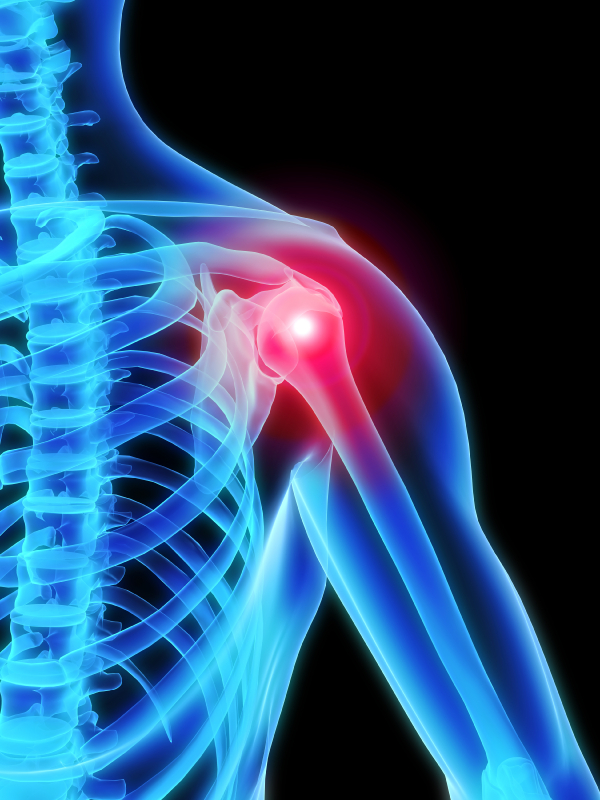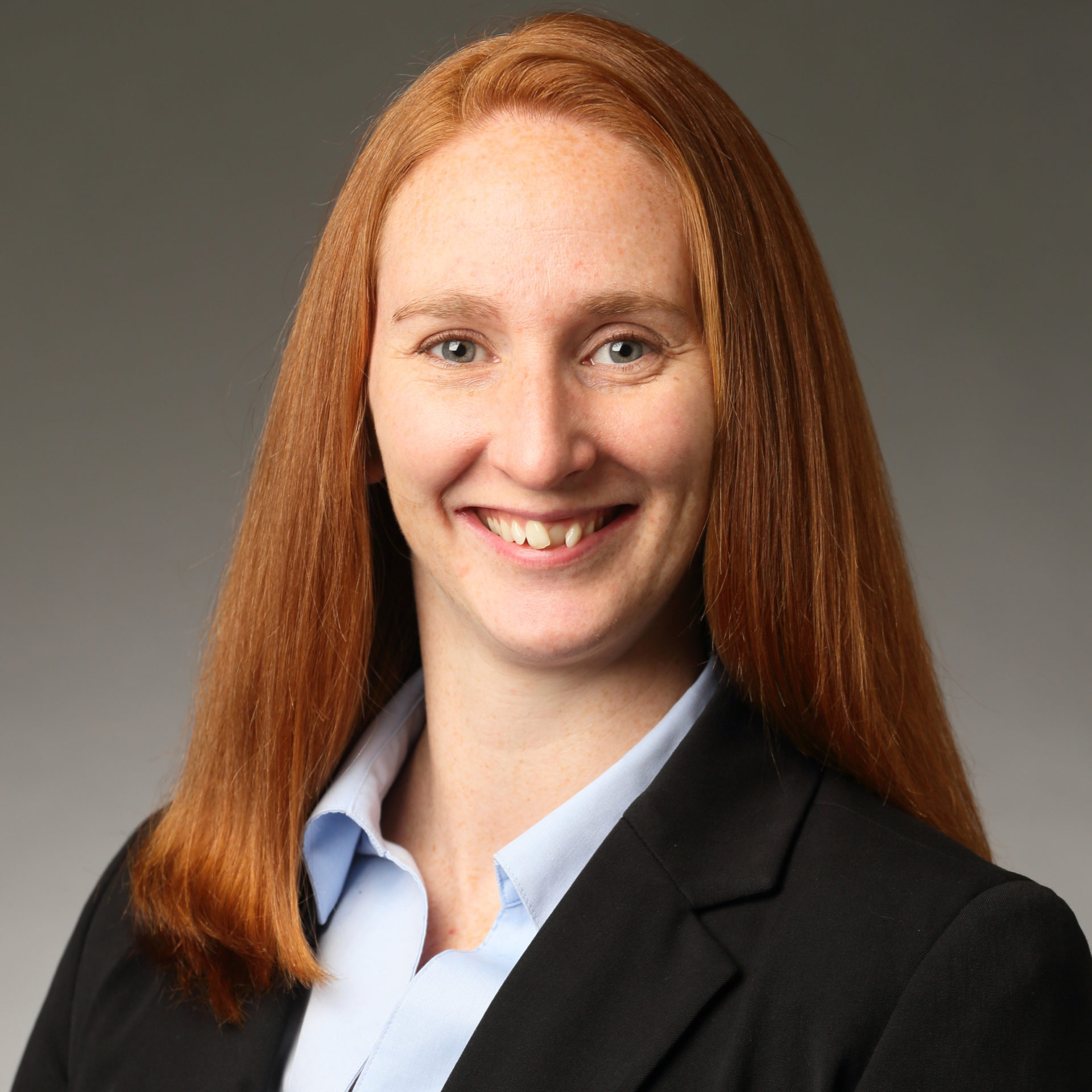 It was the afternoon of New Year’s Eve in 2018, while she was walking her dog, that 67-year-old Joan S. fell and “shattered her left shoulder into a hundred pieces.” With her left hand in her pocket and her right hand holding the dog leash, Joan explains that she “Fell to the left, like a tree.”
It was the afternoon of New Year’s Eve in 2018, while she was walking her dog, that 67-year-old Joan S. fell and “shattered her left shoulder into a hundred pieces.” With her left hand in her pocket and her right hand holding the dog leash, Joan explains that she “Fell to the left, like a tree.”
She landed directly onto a hard street with the left side of her body, unable to break the fall with her arm.
“The pain was horrific. Excruciating,” she says.
At the Emergency Room, Joan says she was lucky to be treated by Dr. Stacey Gallacher, a board-certified orthopedic surgeon at Advanced Orthopedics and Sports Medicine Institute. Dr. Gallacher, who completed a year of specialty training in complex shoulder and elbow surgery at Yale University, specializes in complex shoulder reconstruction and shoulder replacement surgery.
“Joan sustained a fracture of the humerus, or the upper arm bone, at the level of the shoulder joint,” Dr. Gallacher says. “Due to the severity and complexity of the injury, as well as the location involving the shoulder joint, I recommended surgery. Without surgery it would have been unlikely to regain much use of that arm again. We discussed the options for treatment in detail and together developed a comprehensive treatment plan to relieve her pain and restore function.”
Joan had two choices—either have the shoulder pieced back together or get a reverse shoulder replacement, which would heal faster and help her regain 80 percent of movement in her arm.
Joan opted for the shoulder replacement. An active person who exercised regularly, she wanted to heal as quickly as possible and get back to doing physical activities.
Six months after the surgery, her arm was at 100 percent movement. At 10 months post-surgery, she says, “I’m fabulous. Dr. Gallacher did an amazing job on my arm. I appreciate everything she did for me.”
A Treatment for Many Shoulder Problems
“Shoulder replacement is a treatment option that can be used for a wide variety of shoulder problems. It’s very effective in decreasing or completely eliminating pain and improving the mobility and strength of the shoulder.”
Dr. Gallacher says shoulder replacement helps eliminate symptoms such as pain, stiffness and swelling for several common shoulder problems including:
- arthritis – all types including “wear and tear” osteoarthritis and rheumatoid arthritis
- large and chronic rotator cuff tears
- fractures of the proximal humerus
- shoulder disclocations.
Types of Shoulder Replacement
In addition to reverse shoulder replacement, there are several other types of shoulder replacements so the treatment can be tailored to an individual’s specific needs and activity level. They include:
- total shoulder replacement
- partial shoulder replacement
- bone preserving shoulder replacement.
The shoulder is a ball and socket joint with the ball being the top portion of the humerus (upper arm) bone. The socket is part of the shoulder blade.
- In typical total shoulder replacement surgery, the ball is replaced with a metal ball and stem and the socket is replaced with plastic.
- Partial replacement replaces just the ball with a metal ball and stem.
- Bone preserving shoulder replacement is a relatively newer technique that involves performing a total shoulder replacement but less bone is removed, preserving more of the patient’s own bone. This is an excellent option for younger patients and is a technique that Dr. Gallacher specializes in.
- Resurfacing involves replacing just the joint surface of the humeral ball with a metal cap – it preserves bone in the humerus and avoids replacing the socket so it is a good option for young and very active patients with arthritis limited to just the humeral ball.
- Reverse total shoulder replacement: the socket and ball are switched – this option is indicated for patients with severe arthritis and a large rotator cuff tear, patients with a severe fracture of the proximal humerus, or patients with a failed prior shoulder replacement surgery.
Recovering After Total Shoulder Replacement
After surgery, patients are instructed to wear a sling to rest the arm and are prescribed pain medication, however most patients are comfortable on over the counter medications such as Tylenol or Ibuprofen within days after surgery. Patients will likely be able to leave the hospital within a couple of days after the surgery, but that varies person to person. Usually within a few weeks, patients start on a physical therapy and exercise program, which is an important step in recovery.
“Most patients are able to resume all activities by two to three months after surgery,” Dr. Gallacher says. “Many are even able to return to heavy work and sports such as golfing and tennis after shoulder replacement surgery.”
Some patients may even be candidates for outpatient shoulder replacement surgery, which has the benefits of a quicker recovery.
As for Joan, she experienced immediate movement after surgery and was exercising her arm three times a day with a squeeze ball. She says following instructions was key in helping her recovery, and that she did everything Dr. Gallacher and her physical therapist at Advanced Physical Therapy told her to do.
“I’m thankful for Dr. Gallacher’s knowledge of how to fix my shoulder, the surgery, and the care I received from her. She’s positive, explained everything and put me at ease. Her staff and the therapist, Matt, were instrumental in my recovery process. It has given me the ability to be a whole individual once again,” Joan says.
That discipline paid off. At 10 weeks, Joan could touch her chin and put her earrings on, and now she has 180 degree motion in her arm and can move it like she used to. She does have some limitations—she was instructed to minimize heavy and repetitive lifting in order to preserve the longevity of the replacement prosthesis.
Awareness and Benefits
Shoulder replacement surgery is a procedure that’s been performed since the 1950’s and currently, more than 50,000 shoulder replacements are performed every year in the United States. Still, Dr. Gallacher says that not many people are aware of shoulder replacement and its benefits.
“Shoulder replacement surgery has undergone substantial and continuous improvements in technology and surgical technique over the years,” she says. “Patients who undergo shoulder replacement experience significant improvement in their quality of life.”

Dr. Stacey Gallacher, board-certified orthopedic surgeon specializing in shoulder and elbow surgery







